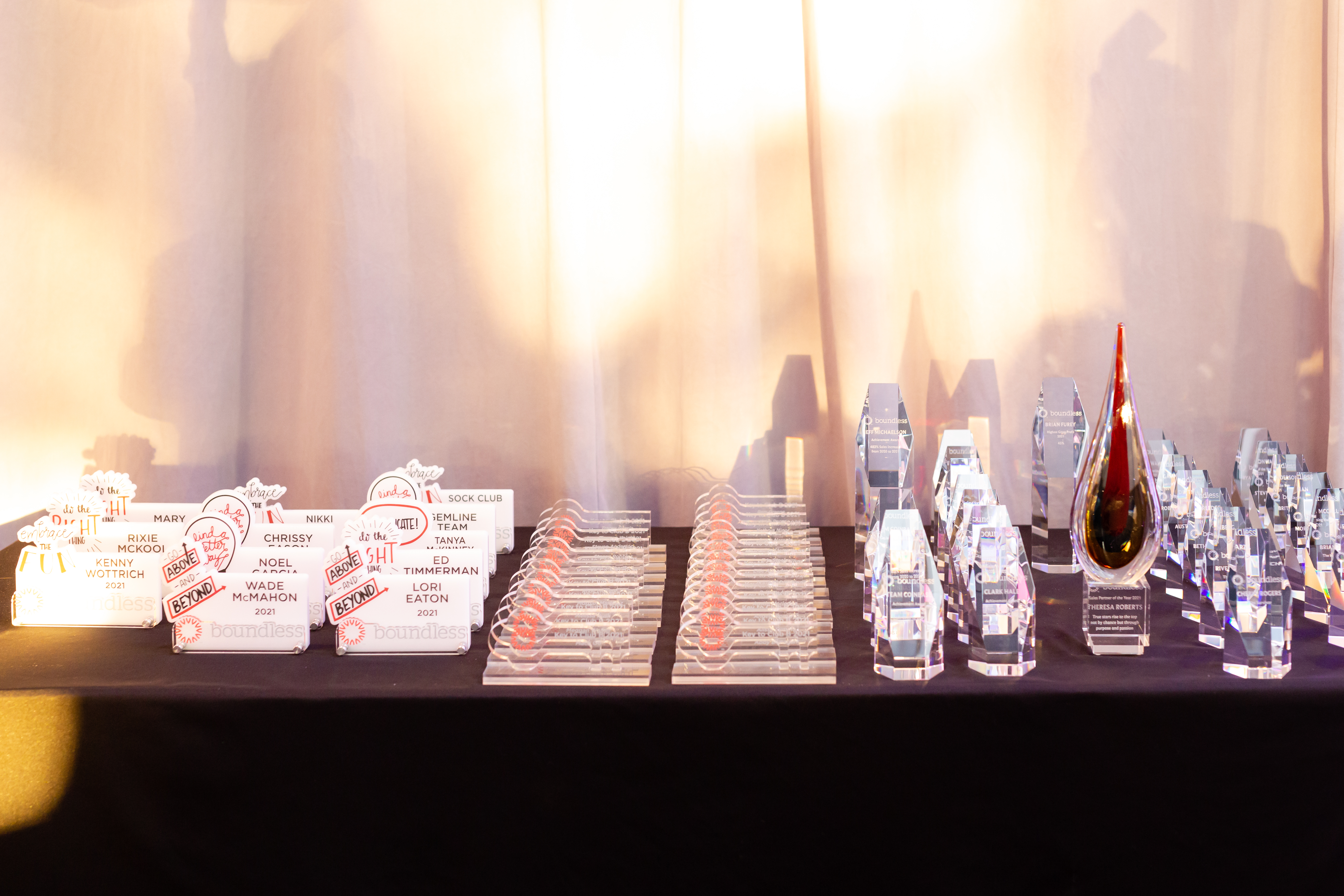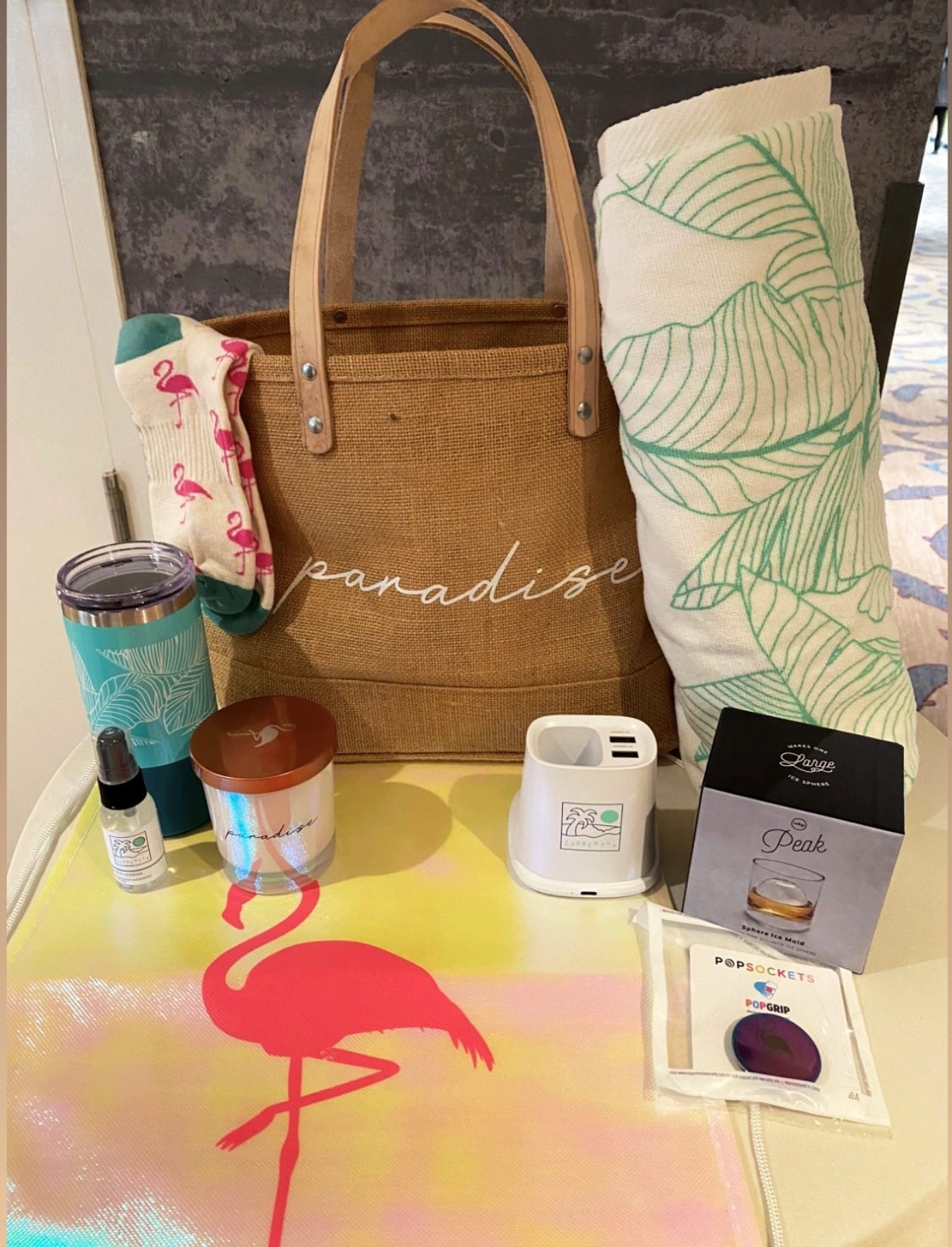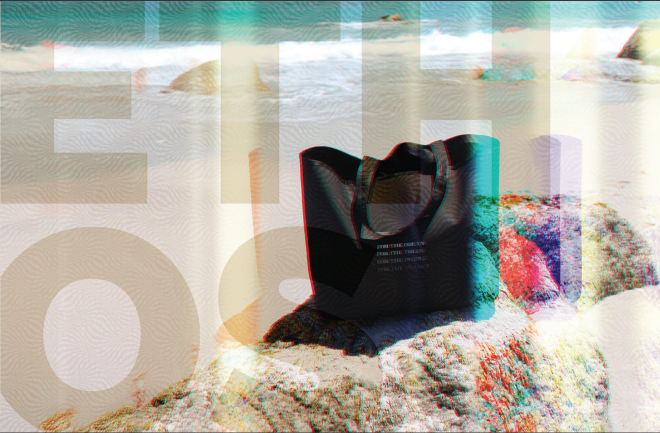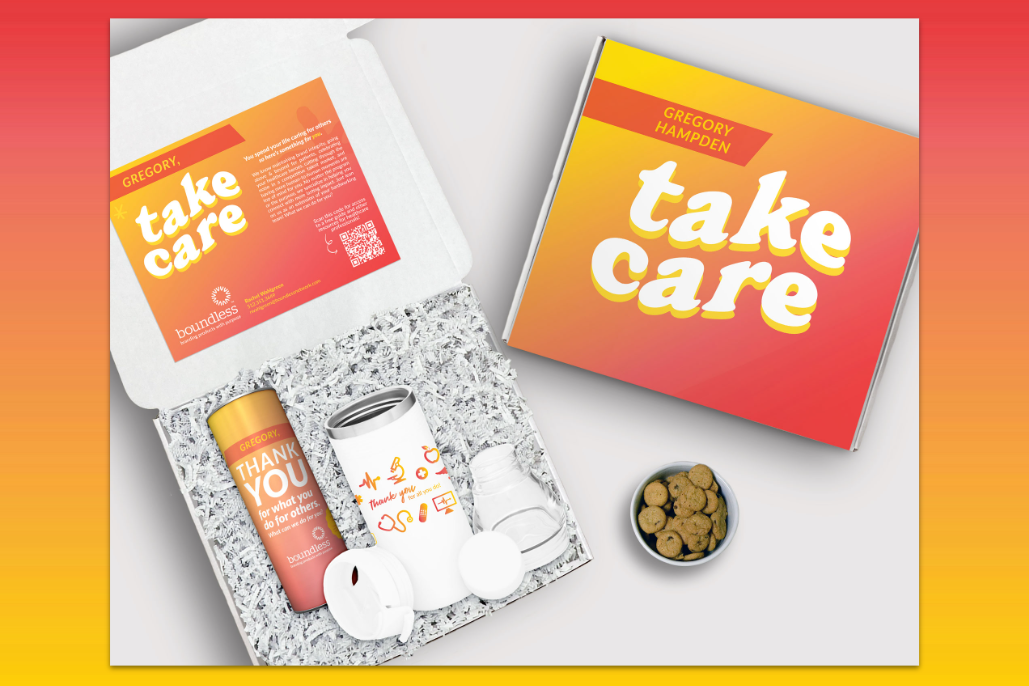#InsideBoundless: Our A-Z Guide to Hosting an Event
Slowly but surely, the world is cautiously emerging from its cocoon of the last two years. In the wake of many environmental and hosting challenges, many organizations are beginning to offer in-person or hybrid events again.
We know that planning any event is complex, and there’s so much to learn! And don’t even get us started on the complexities of planning an event in the shadow of a pandemic. After recently hosting our annual sales conference, Founders’ Circle, for the first time in two years, we wanted to share our own helpful tips & tricks for returning to in-real-life events.
Here’s what we suggest companies do to host their most successful event, from A to Z.

A: Audience empathy
It’s easy to get tunnel vision when you’re planning an event. Instead of planning an event that you would love, consider what will delight attendees.
When in doubt, whip out your customer personas to understand your target audience. What’s their motivation? Why are they coming to this event?
Try to anticipate their needs, both in the event content and the overall experience (e.g., offering “quiet rooms” in a loud expo hall).
B: Bring the fun
Even if you’re hosting a serious conference, it doesn’t mean it has to be all business, all the time. What can you do to make this experience more fun for your attendees? Offer cool activities, recognize industry leaders, or host a contest with prizes.
C: Communicate internally
It’s essential to stay in contact with your sponsors and attendees, but don’t forget about your internal team. Your employees need training before the big day—let them know who’s responsible for what and what they can expect on the day of the event. The less internal confusion there is, the easier it’ll be to pull off a successful event.
D: Downtime is important
You’re paying a lot of money for a venue, but does that mean you have to keep attendees occupied at all times? If anything, attendees need some downtime at an event.
Don’t overschedule people. Give them a two-hour lunch break and longer 30-minute breaks in between sessions so they have time to relax, check email, and socialize.
E: Event app
Who has time to sift through papers at a busy event? Reduce the clutter (and the headaches) with an event app. You don’t need to design a proprietary app; you can hire a third-party company to create a professional event app quickly.
With an app, you can notify attendees about their schedule and even send push notifications if there’s been a change in location or the speaker lineup.
F: Follow up after the event
You did the hard work to host an incredible event—way to go! But your work isn't done yet. After every event, you need to collect attendees’ feedback.
If attendees aren’t replying to your survey request, try bribing them a little bit. For Boundless events, we offer early access to event photos for attendees that fill out the feedback form. As long as you keep the questions short and sweet, you’ll get a lot of important data from attendees.
G: Gifts as an experience
We love a swag bag, too, but sometimes your attendees want an experience as a gift. For example, you could host a poolside party for attendees where you pass out themed can coolers and fun mocktails. Swag items are involved, but it’s also about the fun experience, and the memories guests make with your gifted products.
Or you could provide a luxury brand experience with a select-your-own sunglasses booth, manned with knowledgeable experts and powered by the gift of choice. It makes the gift experience unique and personal, winning major points with your guests.

H: Honor attendees
Flattery will get you far in event planning. If you want to fire up your attendees, honor them in the form of:
- Awards
- Contests
- Social media shoutouts
I: Instagrammability
An event isn’t just about the event. It’s about creating digital buzz, too. To get more mentions on social media, make your event as Instagrammable as possible.
That means encouraging people to share photos, providing an event hashtag, or hosting a photo contest to boost your online mentions.
J: Juggling
Often, attendees will take home more than they brought to the event. If you give every guest a huge duffel bag, they must juggle their personal bag with additional promotional products. And who wants to do that for an entire day?
For instance, Boundless started offering free shipping to attendees. We set up a booth where guests could opt to ship their promotional products back home instead of worrying about carrying them all day or trying to stuff them into their luggage.
K: Knowledge is the goal
The food, DJ, and vibe of your event matter, but the ultimate goal is to share information with attendees.
Make sure you share approachable, digestible information that teaches attendees something new. You don’t want to overload the event with promotional content from sponsors or your own company, so ensure that you don’t cross a line into Spamville. Bonus points if you can weave your event theme into your session titles!
L: Location
The host city of your event should impact the overall experience. Turn this event into an adventure where attendees enjoy the destination. For example, if you’re hosting a conference in Austin like we did, give attendees a taste of the Austin experience. Hire local musicians for live music and serve food from some of Austin’s hottest insider foodie spots. If the people want breakfast tacos and BBQ, you should aim to deliver!
M: Mindfulness Moments
Between travel and attending sessions, your guests are probably feeling less than relaxed. So why not make relaxation a part of your event?
For example, Boundless started hosting Mindfulness Moments. We asked attendees to mute their phones, put away their devices, and enjoy a short break from the hustle and bustle of the event for 15 minutes. Maybe it’s a guided video or a simple group stretch—either way, starting off the day by busting anxiety is a pro tip.

N: No day but today
It’s easy to put off event planning, but the longer you wait, the more difficult and expensive it becomes. Ideally, you want to plan at least a year out to get the best outcome for:
- Location
- Venue
- Promotional products
- Speakers
- Sponsors
- Attendee turnout
- Transportation
- Food
O: Ownership of tasks
Your internal team is pumped to host this event, but you have to be very clear about who is responsible for what. Instead of assigning each department or team a list of vague assignments, give individual employees complete ownership of tasks.
Consider a shared Google Sheet that includes a list of the to-dos needed to kick off the event. Then assign each task, line by line, to your team members, and be sure to include the estimated time required. You can then plug everything into a project management app to keep the team moving.
P: Post-mortem discussion
You asked attendees for their feedback—now what? Be sure that you review it as a team and see how you can incorporate suggestions for your next event. What features were a hit? What should you axe for next time?
Q: Questions should be answered ahead of time
Advance explanations are the best way to minimize confusion on the day of the event. Let everyone know what’s going on ahead of time. That might mean sending an email blast to your attendees or hosting a webinar for sponsors that explains how the event will work.
R: Remote attendees
While in-person events are making a comeback, the pandemic has understandably left people rattled. Whether it’s concerns over safety, flight cancellations, or just a preference for virtual events, it’s a good idea to offer hybrid options for your event.
The good news is that it’s easy to record or live stream your event for remote attendees. You can even mail them a physical swag bag, so they don’t miss out on the conference experience.

S: Swag bags
Pick an assortment of useful and intriguing gifts for your event swag bag. Try to choose items based on your audience's needs, the location, venue, and event theme. You can cut down on costs by asking sponsors to either add an item of their own or sponsor a promotional product of your choosing, like lanyards.
T: Theme your event
Themes give events a cohesive flow—and they make event planning a lot easier, too! As early as possible, select a theme based on your location, venue, or time of year. Having a theme will help you guide decisions for all other aspects of the event. For Founders’ Circle, our theme is the ultimate driver in all graphic design decisions like welcome bags, presentation templates, and signage. We even built a complementary music playlist to keep the theme going during meals and before group sessions!
U: Unite attendees
Look, the real reason why so many guests want to attend live events is the personal connection. If your attendees put in the time and money to participate in an event in person, give them opportunities to connect with others. Try team-building activities or conversation tables where attendees can share their interests.
V: Venue selection
We highly recommend picking your venue first. This will affect everything from your theme to your date availability to your promotional products and activities.
Make sure you choose a venue that fits your goals. For example, if you want to do breakout sessions, you need the right number of spaces to accommodate that. Even if a space looks really cool, it has to work with the type of event that you’re envisioning.
W: Website for the event
Attendees and sponsors will have a lot of questions for your team. The best way to field these questions (and preserve your sanity) is to create a website for your event. This website should provide basic information about the event, FAQ, and registration information, so there’s a single source of truth available for the event.
X: eXpect the unexpected
Even if you plan your event a year in advance, something unexpected is going to happen. Your location might tighten its health restrictions, a speaker will call out sick, or it will rain on your outdoor venue.
In event planning, you have to expect the unexpected. Prepare to have a backup venue, speakers, and food options on hand. Your team should also be ready to switch to a virtual-only event at the drop of a hat.
Y: Yearly
Yearly events give attendees something to look forward to. Of course, you’re free to offer events more often than that, but you’ll want to be consistent. Attendees plan their schedules around industry events, so if you consistently host a gala in the fall, stick with that annual schedule—consistency will boost attendance.
Z: Zones matter
When choosing a venue, think about the different zones attendees will need. You need way more than just a conference room—attendees need separate areas to eat, work, and socialize. Try to create different zones based on attendee needs, like a dedicated workspace zone, to keep your guests comfortable.
If you’re limited by zones (for example, you have access to one ballroom), you can transform your ordinary session room into a luxurious awards ballroom just through some extra event decoration. Think draping, props, lighting, and unique table centerpieces to create a new themed experience! We chose a groovy “Tropical Disco” theme for our awards night (see the receipts below).

Time to plan your next event
Event planning can be challenging even for the seasoned pros, and the pandemic definitely made event planning more complicated. No matter how you connect your audience, follow the ABCs of event planning to turn heads and win hearts.
Ready to design your next big event? Partner with Boundless to make waves with promotional products that create Brand Love moments.





Comments (0)